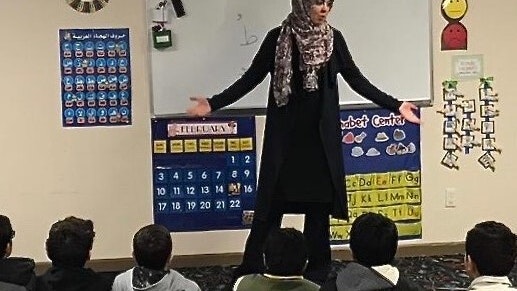Homepage
•
Learning Library
•
Blog
•
NASA Program Brings Space Exploration Down to Earth for Students
Expand breadcrumbs
Expand breadcrumbs
- Learning Library
- Blog
- NASA Program Brings Space Exploration Down to Earth for Students
- Homepage
- •
- Learning Library
- •
- Blog
- •
- NASA Program Brings Space Exploration Down to Earth for Students
NASA Program Brings Space Exploration Down to Earth for Students
By Jerry Fingal
September 10, 2019








